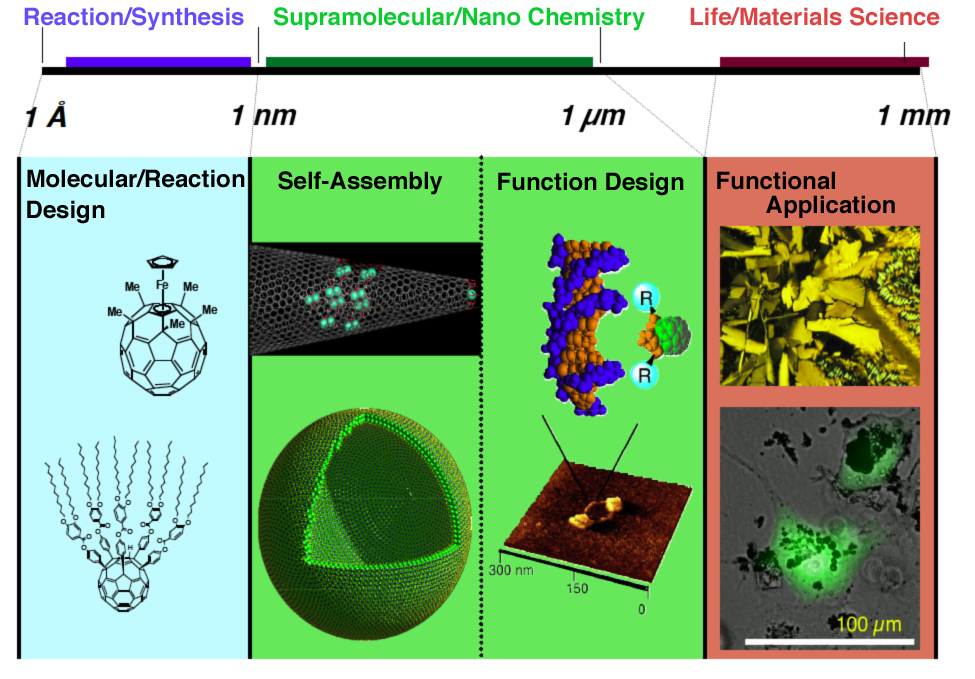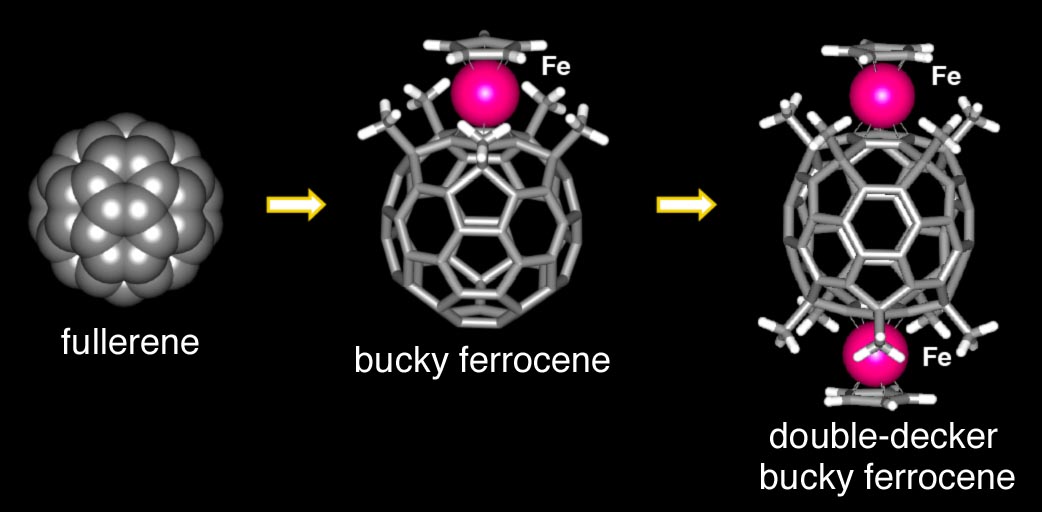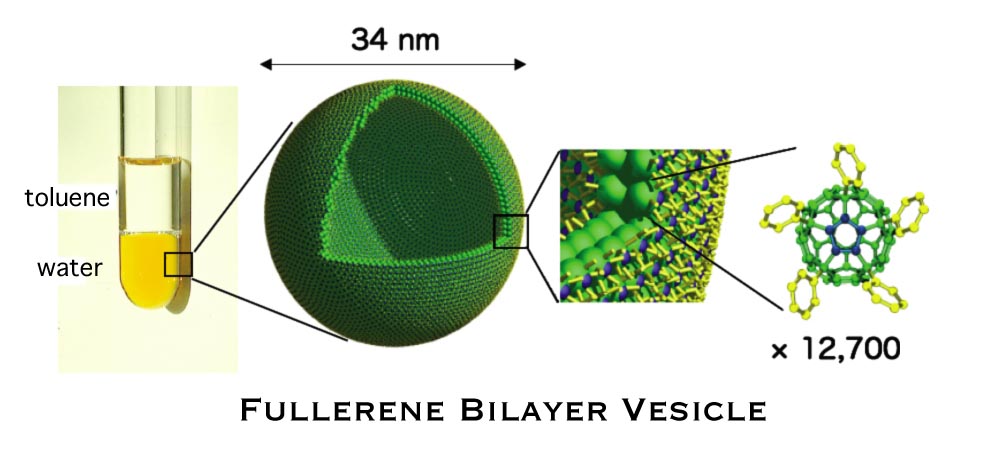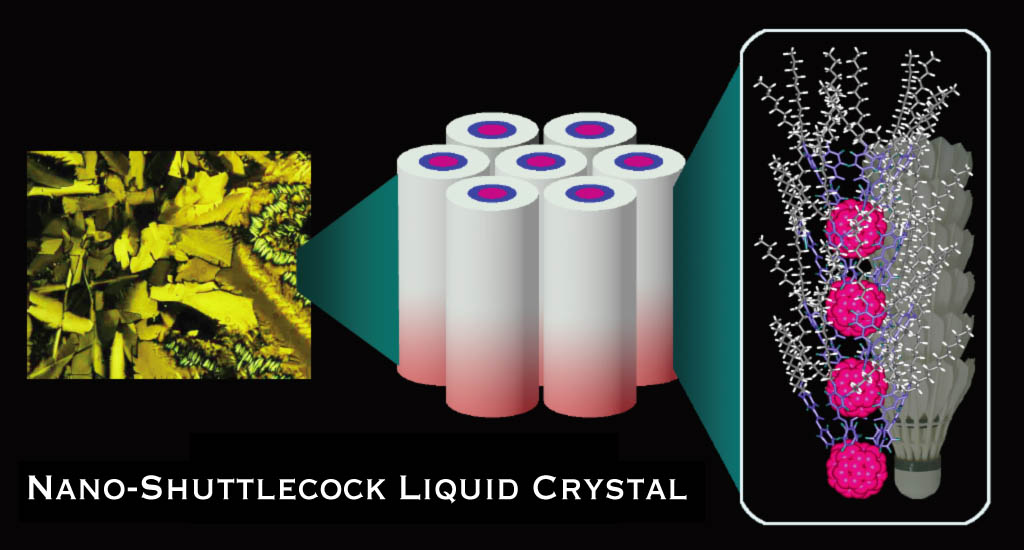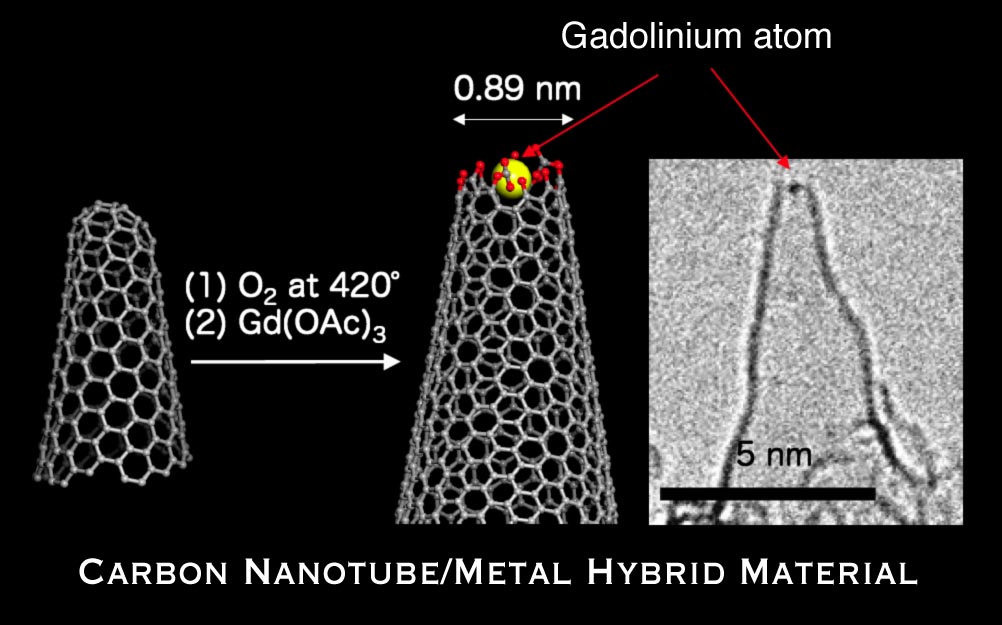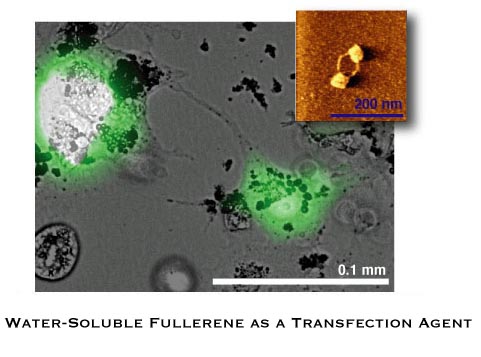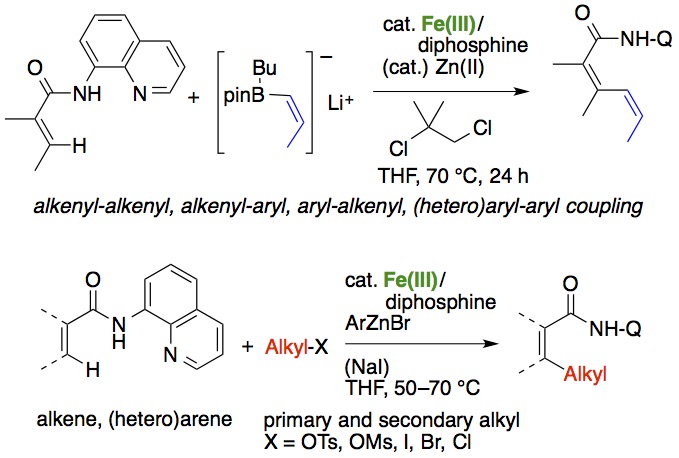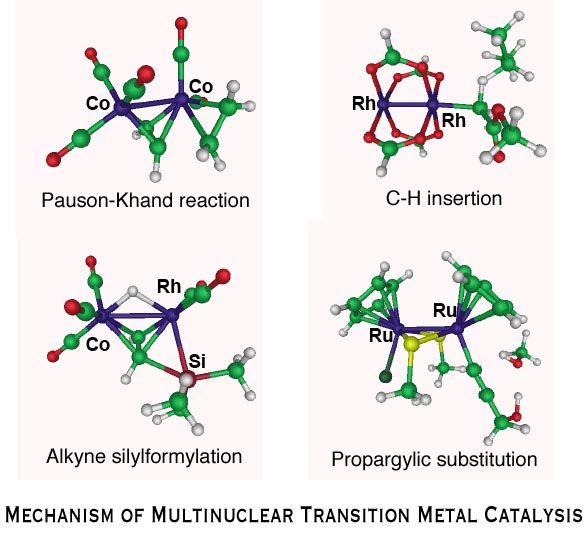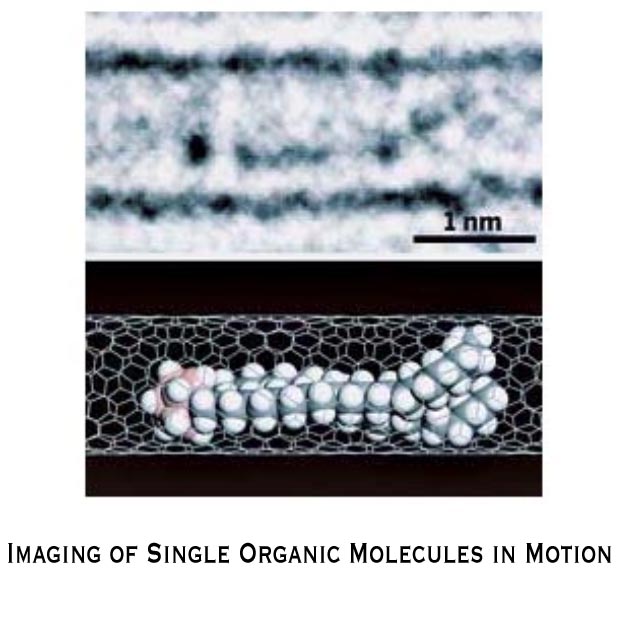Mechanism of Organic/Organometallic Reactions
Simple-looking synthetic reactions such as Grignard reaction are not at all simple, since numerous equilibrating metal clusters are involved in the reactions. This program focuses on the elucidation of the mechanism of important synthetic and catalytic reactions with the aid of extensive theoretical calculations. We have been particularly focusing our interest on the synergy of multiple metal elements involved in transition metal/main group metal combined systems and multinuclear transition metal catalysis. One of the most notable achievements in this area is mechanistic study of a series of synthetic transformations with organocopper reagents. On the basis of the theoretical studies, we are aiming at the rational design of functional molecules and catalysts. An isolated molecule has been an "imaginary entity" that can only be studied theoretically, since the most of common analytical methods such as NMR, IR, X-ray analysis give us an averaged picture of vast molecules. We are recently challenging the imaging of small organic molecules with the aid of high-resolution transmission electron microscope (TEM), under the auspices of the CREST program: "Establishment of Molecular Technology towards the Creation of New Functions". Using the HR TEM technique, we could directly visualize the movement of molecules and their conformational changes, chemical reactions such as dimerization of fullerene and iron-mediated reactions, the crystallization process of organic molecules, etc.
|
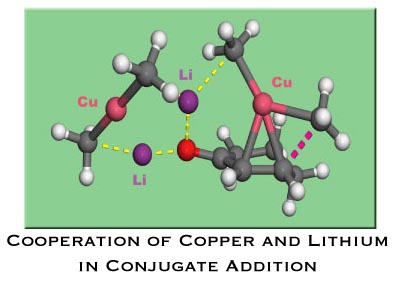 |
